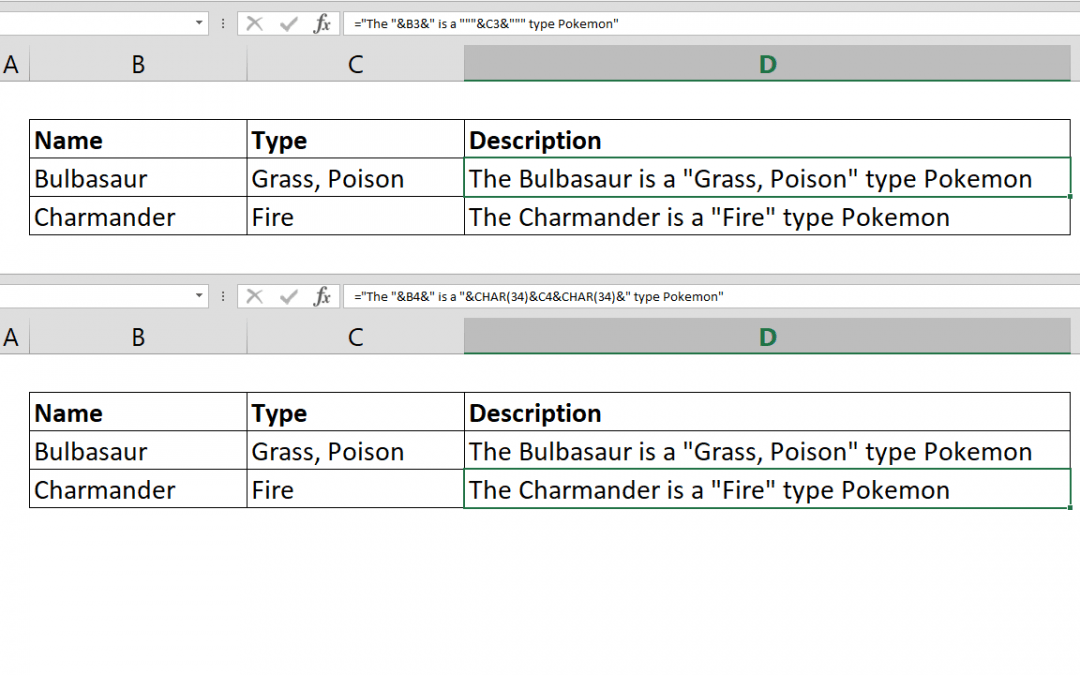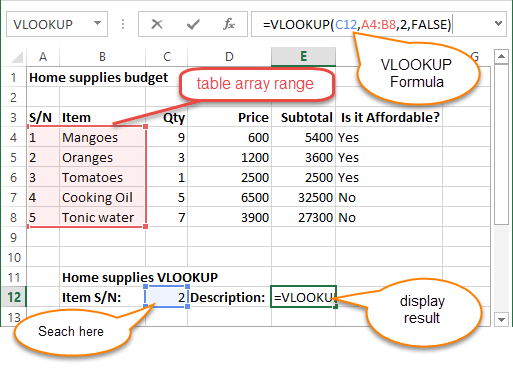Indicators on Interview Questions You Need To Know
By pushing ctrl+shift+facility, this will compute and return value from numerous ranges, instead of simply private cells contributed to or multiplied by one another. Determining the sum, item, or quotient of private cells is easy-- just use the =SUM formula as well as get in the cells, values, or series of cells you wish to execute that arithmetic on.
If you're looking to find total sales income from numerous marketed systems, as an example, the range formula in Excel is best for you. Below's just how you would certainly do it: To begin utilizing the variety formula, kind "=AMOUNT," and also in parentheses, get in the initial of 2 (or 3, or four) series of cells you want to increase together.
This means reproduction. Following this asterisk, enter your 2nd variety of cells. You'll be increasing this 2nd series of cells by the initial. Your progression in this formula should now resemble this: =SUM(C 2: C 5 * D 2:D 5) Ready to press Get in? Not so quick ... Due to the fact that this formula is so challenging, Excel gets a various keyboard command for arrays.
This will certainly acknowledge your formula as a variety, wrapping your formula in support personalities and successfully returning your item of both arrays combined. In revenue estimations, this can lower your effort and time dramatically. See the last formula in the screenshot over. The COUNT formula in Excel is denoted =COUNT(Begin Cell: End Cell).
For instance, if there are 8 cells with entered worths between A 1 and A 10, =COUNT(A 1: A 10) will return a value of 8. The COUNT formula in Excel is particularly helpful for huge spreadsheets, wherein you desire to see the number of cells have actual entries. Do not be fooled: This formula won't do any type of math on the worths of the cells themselves.
Some Known Details About Excel Shortcuts
Making use of the formula in strong over, you can conveniently run a count of current cells in your spread sheet. The outcome will certainly look a little something like this: To carry out the ordinary formula in Excel, enter the worths, cells, or array of cells of which you're determining the standard in the style, =STANDARD(number 1, number 2, and so on) or =STANDARD(Beginning Value: End Worth).
Finding the average of a series of cells in Excel maintains you from having to find specific sums and then carrying out a different division formula on your total amount. Using =AVERAGE as your first text access, you can let Excel do all the benefit you. For reference, the standard of a group of numbers is equal to the amount of those numbers, separated by the variety of items in that group.
This will certainly return the sum of the values within a wanted series of cells that all satisfy one criterion. For example, =SUMIF(C 3: C 12,"> 70,000") would return the sum of worths between cells C 3 and C 12 from just the cells that are above 70,000. Let's claim you wish to determine the profit you produced from a listing of leads that are connected with particular location codes, or determine the amount of specific staff members' wages-- but just if they fall above a particular amount.
With the SUMIF function, it doesn't have to be-- you can conveniently build up the amount of cells that satisfy particular standards, like in the wage example over. The formula: =SUMIF(variety, standards, [sum_range] Variety: The array that is being evaluated utilizing your standards. Requirements: The standards that determine which cells in Criteria_range 1 will be included with each other [Sum_range]: An optional variety of cells you're going to build up in enhancement to the very first Array got in.
In the example listed below, we wished to calculate the sum of the salaries that were more than $70,000. The SUMIF function built up the buck quantities that surpassed that number in the cells C 3 through C 12, with the formula =SUMIF(C 3: C 12,"> 70,000"). The TRIM formula in Excel is denoted =TRIM(text).


Excitement About Excel Formulas
As an example, if A 2 includes the name" Steve Peterson" with unwanted rooms prior to the initial name, =TRIM(A 2) would return "Steve Peterson" without any areas in a new cell. Email as well as file sharing are remarkable devices in today's workplace. That is, until among your colleagues sends you a worksheet with some truly fashionable spacing.
As opposed to fastidiously eliminating as well as adding rooms as needed, you can tidy up any kind of irregular spacing utilizing the TRIM feature, which is utilized to eliminate additional rooms from information (besides solitary areas between words). The formula: =TRIM(text). Text: The message or cell where you wish to remove spaces.
To do so, we entered =TRIM("A 2") into the Solution Bar, as well as duplicated this for each and every name listed below it in a new column alongside the column with unwanted spaces. Below are a few other Excel formulas you could locate helpful as your information monitoring needs grow. Let's state you have a line of text within a cell that you intend to break down into a couple of different sections.
Function: Made use of to draw out the first X numbers or characters in a cell. The formula: =LEFT(message, number_of_characters) Text: The string that you want to draw out from. Number_of_characters: The number of personalities that you desire to extract beginning from the left-most character. In the example listed below, we went into =LEFT(A 2,4) into cell B 2, and also duplicated it right into B 3: B 6.

Function: Utilized to extract characters or numbers in the center based on position. The formula: =MID(text, start_position, number_of_characters) Text: The string that you want to extract from. Start_position: The setting in the string that you wish to begin extracting from. For instance, the initial setting in the string is 1.

The Greatest Guide To Interview Questions
In this example, we went into =MID(A 2,5,2) right into cell B 2, and also duplicated it right into B 3: B 6. That permitted us to extract both numbers starting in the 5th position of the code. Function: Made use of to remove the last X numbers or characters in a cell. The formula: =RIGHT(text, number_of_characters) Text: The string that you want to remove from. excel formulas percentage of total formulas excel definition excel formulas xls file